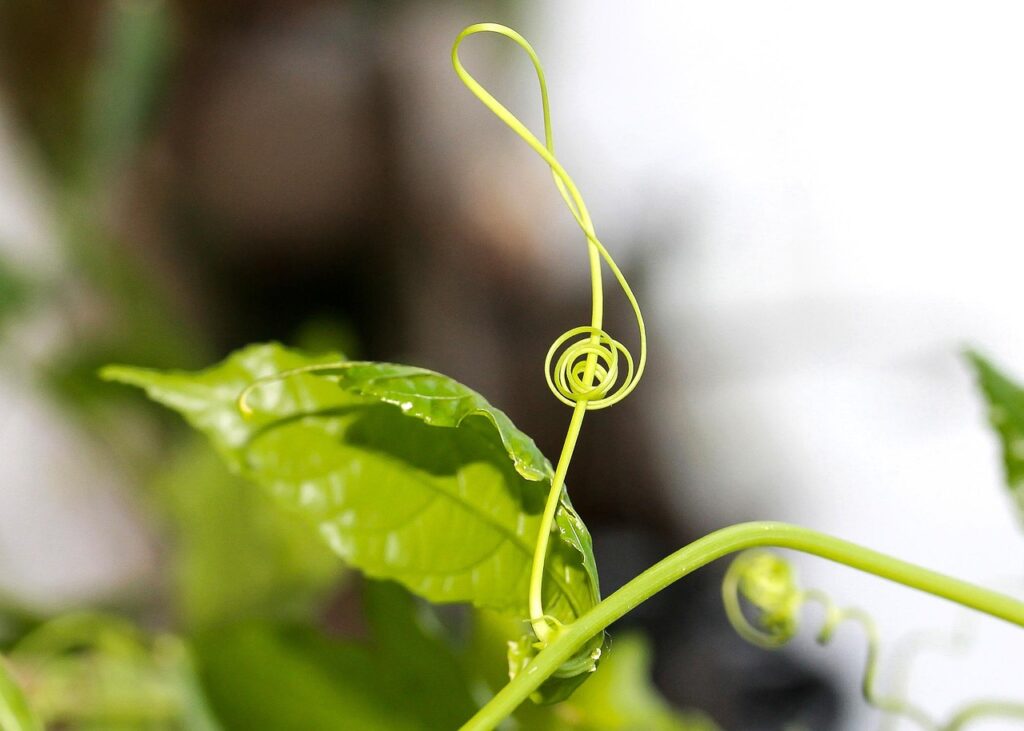
Plants are much more responsive to their surroundings than many people realize. While sunlight, water, and nutrients are critical to their survival, research has revealed that sound-waves can also have a profound impact on plant growth. Certain soothing tones—like classical music, nature sounds, or low-frequency vibrations—stimulate processes like photosynthesis, nutrient absorption, and root development. Meanwhile, harsher sounds, such as rap music and rock ‘n’ roll, have the opposite effect, triggering stress responses that stunt plants’ development.
The idea that plants respond to sound may seem surprising, but studies have consistently proven its validity. From faster germination rates to taller stems and brighter blooms, the right soundscape can transform how plants grow. This article explains why certain sounds harm plants and introduces 11 plant-friendly sounds backed by scientific research. Whether you’re a home gardener or curious plant lover, you’ll discover how soundscapes can revolutionize your plants’ health and vitality.
Why Rap Music and Rock ‘n’ Roll Can Stress Plants
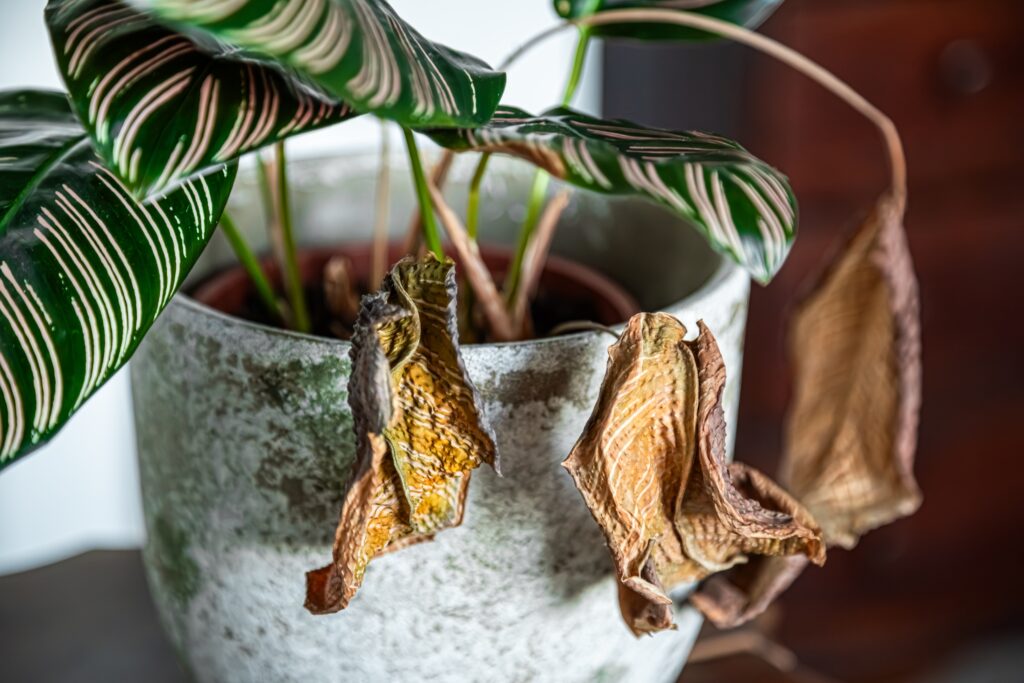
Rap music and rock ‘n’ roll, with their irregular rhythms and intense basslines, can overwhelm plants instead of nurturing them. Dorothy Retallack’s famous 1973 study revealed that plants exposed to rock music grew stunted, developed weak stems, and even leaned away from the sound source, as though trying to escape it. These erratic vibrations mimic environmental stressors like strong winds or predators, forcing plants to focus their energy on survival instead of growth processes like photosynthesis. As a result, plants exposed to such chaotic frequencies often fail to reach their full potential.
Volume plays a significant role, too. Loud sound—regardless of the genre—can overstimulate plant cells, suppress nutrient absorption, and disrupt photosynthesis. For gardeners hoping to foster healthier greenery, sticking to soothing soundscapes with consistent, gentle rhythms is the key. Replacing loud or chaotic genres like rap and rock with softer tones can make all the difference, transforming plants from stunted survivors into thriving, vibrant specimens.
Music That Helps Plants Grow
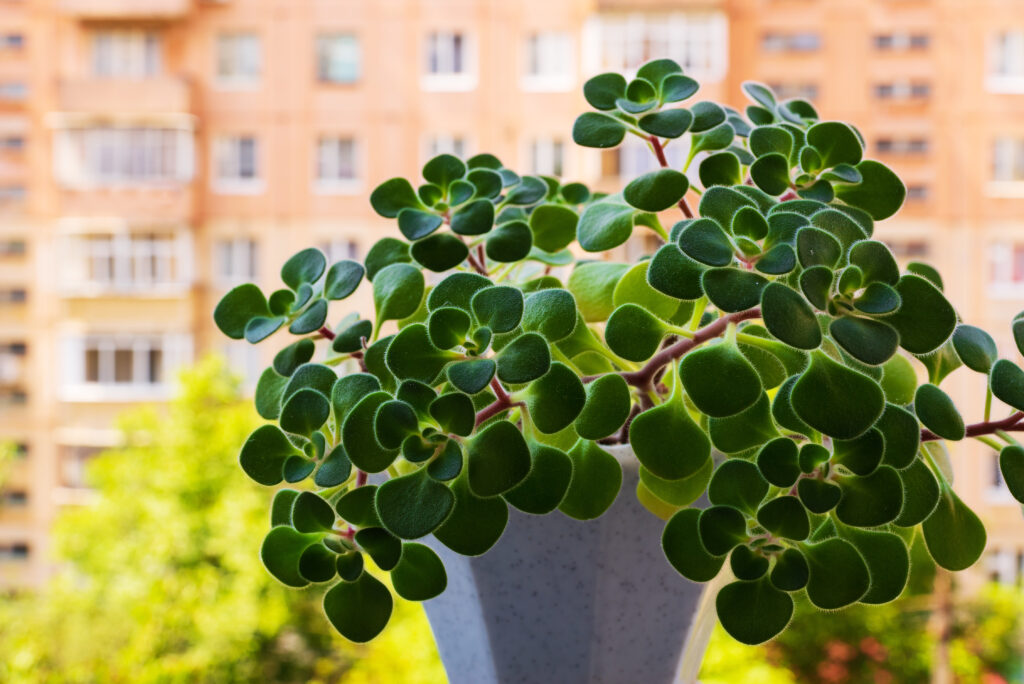
While harsh sounds like rap and rock may stress plants, researchers have identified specific tones, genres, and frequencies that promote plant health. These sounds encourage growth, improve nutrient absorption, and even accelerate flowering. Below are 11 types of music and sounds that can help your plants flourish.
1. Classical Music
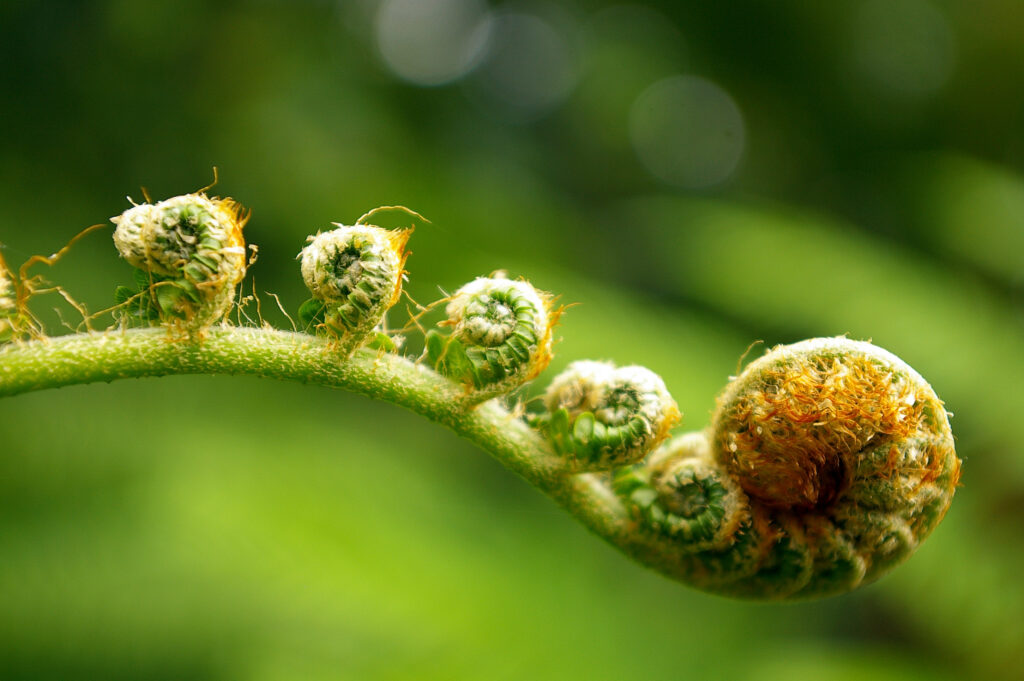
Classical music consistently ranks as the best genre for enhancing plant growth. In one study on rice plants, researchers found that plants exposed to Mozart’s music grew 15%-20% taller, with visibly greener and healthier leaves compared to plants left in silence. The harmonious frequencies of classical compositions stimulate photosynthesis, nutrient flow, and overall cellular activity, creating an ideal environment for thriving greenery.
Gardeners often observe unique results depending on the composition. Mozart’s “Symphony No. 40” is linked to faster sprouting, while Beethoven’s “Moonlight Sonata” helps plants produce brighter blooms. String-heavy pieces appear to be particularly effective because their tones mimic natural vibrations found in ecosystems, such as rustling leaves or buzzing insects. If you’re looking to transform your plant care routine, classical music offers both scientific benefits and a touch of elegance.
2. Nature Sounds
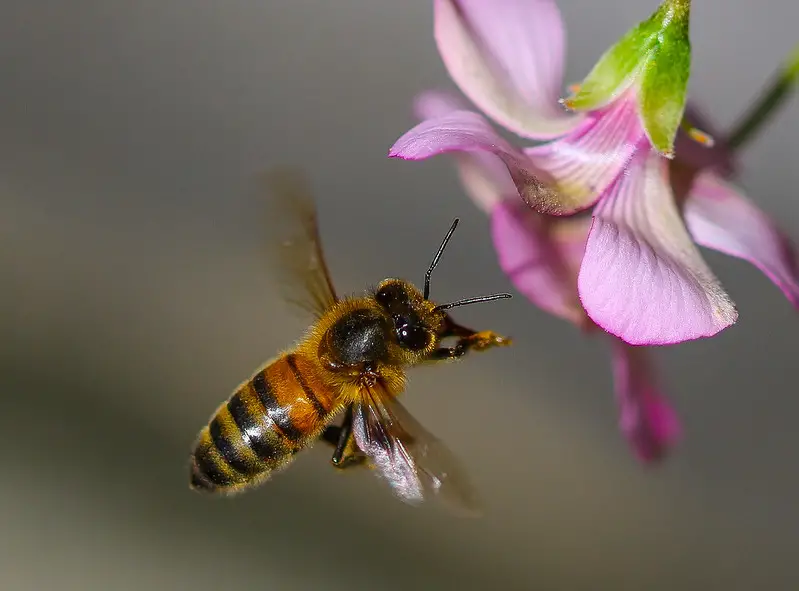
Nature sounds replicate the auditory environments where plants evolved, making them highly effective for stimulating growth. Research on pollinators revealed that plants exposed to buzzing bees produced sweeter nectar to attract them. Similarly, sounds like birdsong signal safety in plants’ surroundings, allowing them to concentrate on growth instead of developing defense mechanisms. These calming vibrations mimic ecosystem interactions that optimize plant health and flowering.
Water sounds, such as flowing streams or gentle rainfall, deliver additional benefits by encouraging root system expansion and hydration processes. Seeds exposed to nature-inspired tones germinate 10%-30% faster, while mature plants grow sturdier and more resilient. Adding nature sounds to your plant care routine doesn’t just benefit greenery—it creates a tranquil soundscape that humans find relaxing, too.
3. Indian Classical Music

Indian classical music, particularly ragas, blends spiritual resonance with scientifically proven benefits for plant health. Dr. T.C. Singh’s research demonstrated that plants exposed to ragas grew 50%-60% larger and developed brighter flowers compared to plants left in silence. Instruments like the sitar and veena create organic vibrations that resonate deeply with plant cells, triggering growth-related hormones and speeding up flowering cycles.
This genre is especially favored by gardeners cultivating flowering plants. Ragas produce larger, more colorful blooms that last longer due to their unique ability to harmonize with plants’ biological rhythms. Beyond its tangible benefits, Indian classical music creates a peaceful and spiritually enriching environment for both plants and their caretakers, making it an excellent addition to any plant-care regimen.
4. White Noise
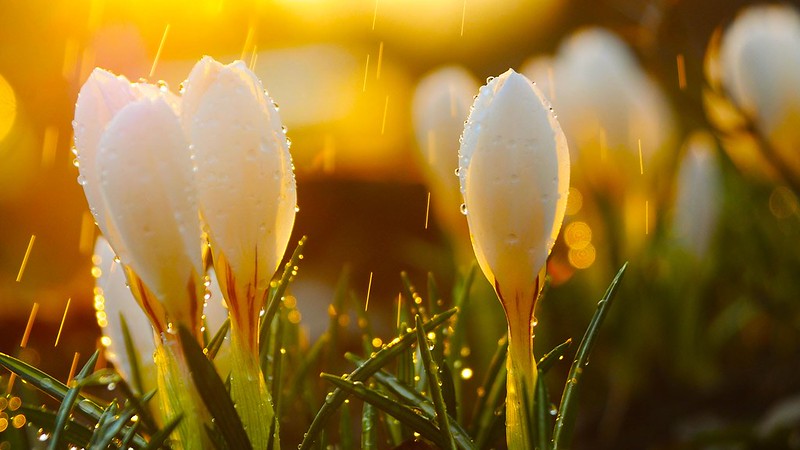
White noise may sound mundane, but it’s an excellent choice for plants in disruptive environments. Urban noise—like traffic or construction—creates jarring vibrations that mimic environmental stressors, forcing plants to prioritize survival over growth. White noise neutralizes these interruptions, providing a steady, neutral auditory backdrop that allows plants to focus on development.
Studies in urban greenhouses revealed that kale and lettuce exposed to white noise grew taller and developed healthier stems compared to plants subjected to chaotic noise pollution. Indoors, white noise machines help shield plants from household disturbances like barking dogs or loud televisions, ensuring a calm space for thriving greenery.
5. Low-Frequency Vibrations

Low-frequency vibrations—between 100–500 Hz—mimic natural phenomena like gentle breezes, insect buzzing, or underground tremors, making them ideal for stimulating plant growth. Wheat and corn crops exposed to low-frequency tones yielded 20% higher crop yields than those grown in silent environments. These vibrations enhance cytoplasmic streaming, an essential process within plant cells that facilitates the movement of water and nutrients.
Recreating this effect at home is simple: bass-heavy tones or specialized sound devices calibrated to emit low frequencies can replicate these beneficial vibrations. Much like a massage for plants, these low tones energize greenery gently while promoting steady, healthy growth over time.
6. Jazz Music
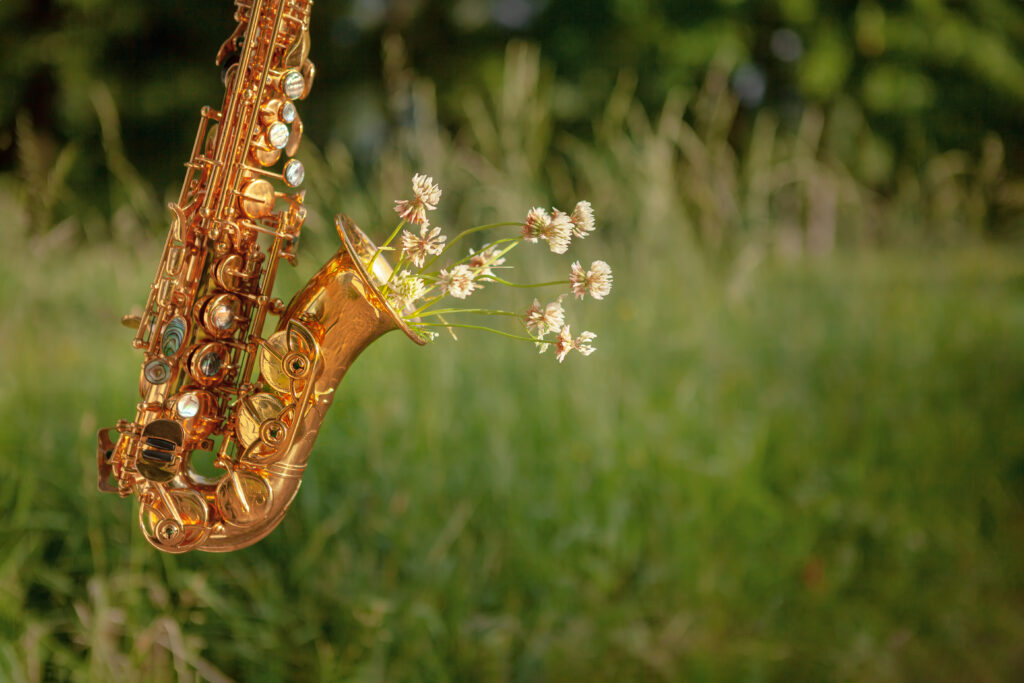
Jazz, with its improvisational melodies and creative rhythms, provides a stimulating yet calming soundscape for plants. Anecdotal studies reveal that flowering plants exposed to jazz music bloom faster and produce brighter colors than those left in silence. Jazz’s dynamic oscillations seem to mirror naturally occurring cycles, gently energizing plants at the cellular level without overwhelming them.
Jazz isn’t just beneficial for plants—it’s a treat for gardeners, too. The genre’s creative energy fosters mindfulness and relaxation during plant care, creating a stronger connection to nature. Whether you prefer Miles Davis or atmospheric instrumental jazz, this genre adds style and substance to your sound-based gardening routine.
7. Singing Bowls
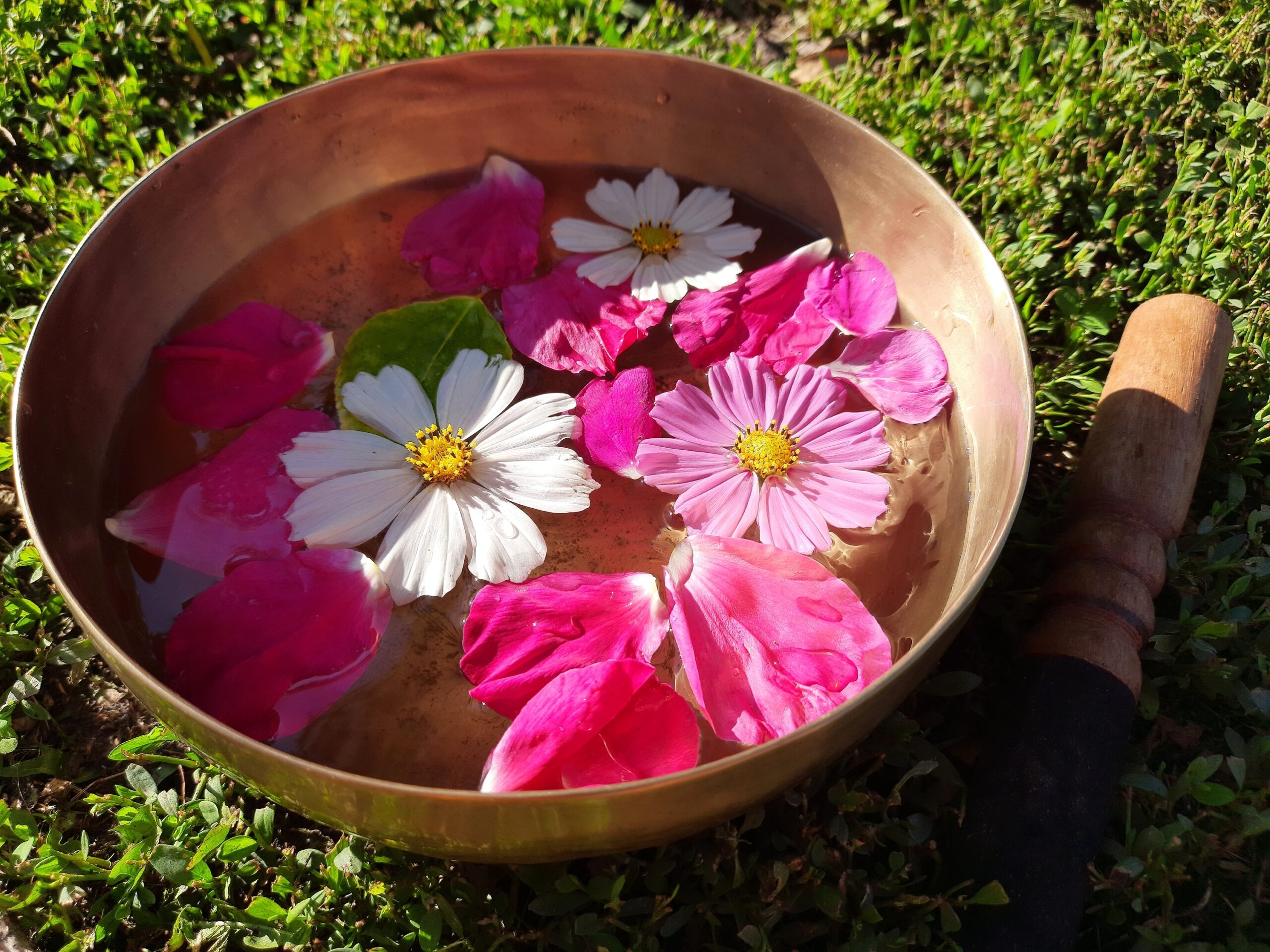
Tibetan singing bowls produce deep, resonating tones traditionally associated with meditation, but they’re equally beneficial for plants. These sustained vibrations stimulate water uptake and improve nutrient transport, resulting in healthier leaves and stronger roots. Gardeners who use singing bowls near their plants frequently report faster recovery from stress and greener, lusher foliage within weeks.
Singing bowls don’t just benefit plants—they promote relaxation and mindfulness for gardeners. Playing live tones or recorded sessions during plant care fosters a meditative experience, enriching the bond between you and your greenery while enhancing your mental well-being.
8. Ambient Music

Ambient music—defined by its uninterrupted and minimalist tones—creates an ideal soundscape for nurturing plants. Tracks by artists like Brian Eno generate vibrations that enhance photosynthesis, seed germination, and root development. Studies show that seedlings exposed to ambient soundscapes grow faster and sturdier than their silent counterparts.
Backed by its meditative qualities, ambient music benefits gardeners, too—encouraging focus and mindfulness while tending to greenery. Perfect for houseplants or serene garden corners, this genre delivers benefits for both plant health and human relaxation.
Environmental Soundscapes in Modern Agriculture

Soundscapes are becoming an innovative tool in sustainable farming. Greenhouses and vertical farms now incorporate controlled sound environments to mimic outdoor ecosystems, improving crop yields while deterring pests. Low-frequency vibrations and nature-inspired tones have shown success in reducing chemical fertilizer use, making sound-based farming both eco-friendly and productive.
Home gardeners can adopt similar methods by incorporating bird calls, flowing water, or soft humming tones into their plant care routines. These soundscapes mimic nature’s balance, fostering healthier plant growth while promoting environmentally conscious gardening practices.
How Plants “Hear” Without Ears
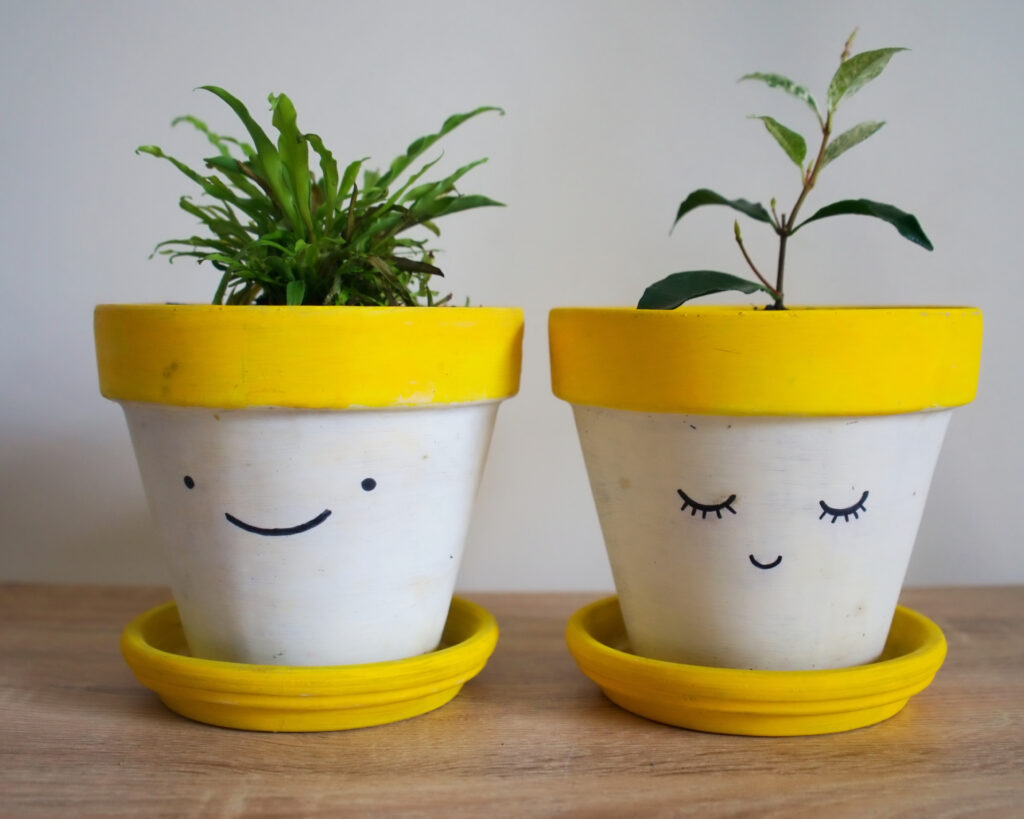
Plants may lack ears, but they use specialized proteins called mechanoreceptors to detect sound vibrations. These receptors convert vibrations into chemical signals that activate processes like stomata opening for gas exchange or producing growth hormones. Research on plants exposed to chewing insect sounds revealed that they release compounds to deter herbivores, proving their ability to respond dynamically to environmental threats.
Sound vibrations also help plants locate resources. Low-frequency tones from running water prompt roots to grow toward hydration sources, even in dry soil. This hidden sophistication reflects plants’ remarkable ability to interact with and adapt to their surroundings.
Plants rely on sound in surprising ways. While chaotic genres like rap music or rock ‘n’ roll can harm their growth, soothing tones like classical music, nature sounds, or low-frequency vibrations unlock their potential. By curating the right soundscapes, you can enjoy taller plants, brighter blooms, and healthier roots—all while cultivating a calming environment for yourself. Experimenting with these 11 sounds will help your plants thrive like never before.


